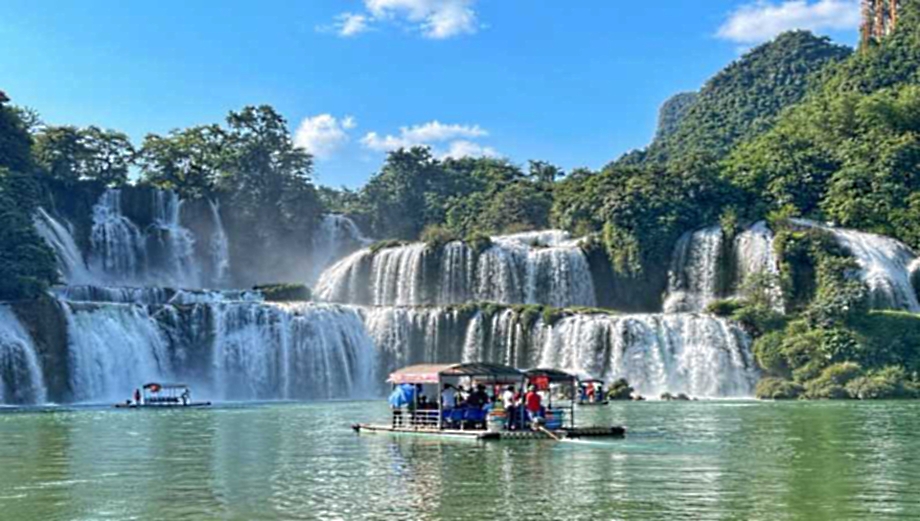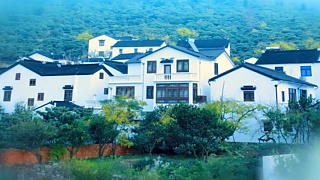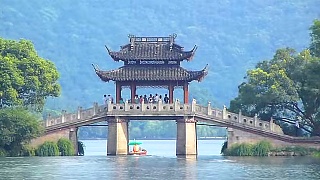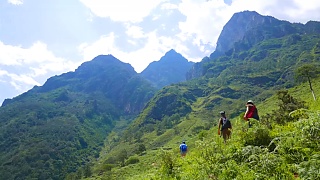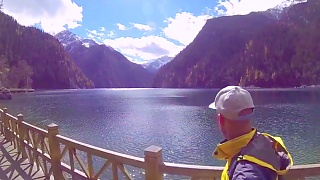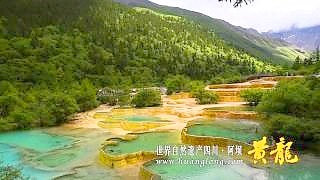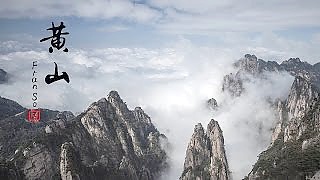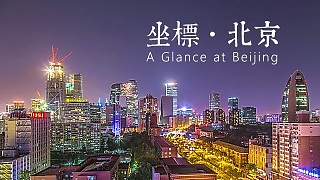 China pictorial 2
China pictorial 2
Related Videos
Featured Videos

|
The Bund | WaiTan | HuangPu River | PuXi & PuDong
Pudong | Lujiazui Financial Zone | Oriental Pearl TV Tower
IFC Mall
|

|
Still searching for the Bolero, but these two clips are also awesome.
16 years ago already. Magic moments ...
|

|
With Walk East ...
|
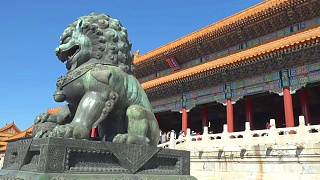
|
See the architectural marvel that is the Palace Museum in the heart of the blue sky city of BeiJing ...
|

|
With FunFancie and Ben Coleman in HangZhou ...
And in ShangHai ...
With FunFancie in ShangHai ...
|

|
YangHu Wetland Park ...
Downtown ...
MeiXi Lake mall ...
MeiXi Lake Park ...
Cycle tour ...
Peach Blossom Valley ...
Night walk ...
City drive ...
Underground shopping mall ...
Metro system ...
HuNan University ...
Night walk 2 ...
City drive 2 ...
|

|
"Meet the new 'boss'; same as the old 'boss'" ... (and who's the real boss ?)
How long will this go on ... till most can see : that they've just been fooled again ...
Only less than 1% of those who 'represent' us work for us; the rest work for the less than 1%.
|
Tag search ?







 China pictorial 2
China pictorial 2
